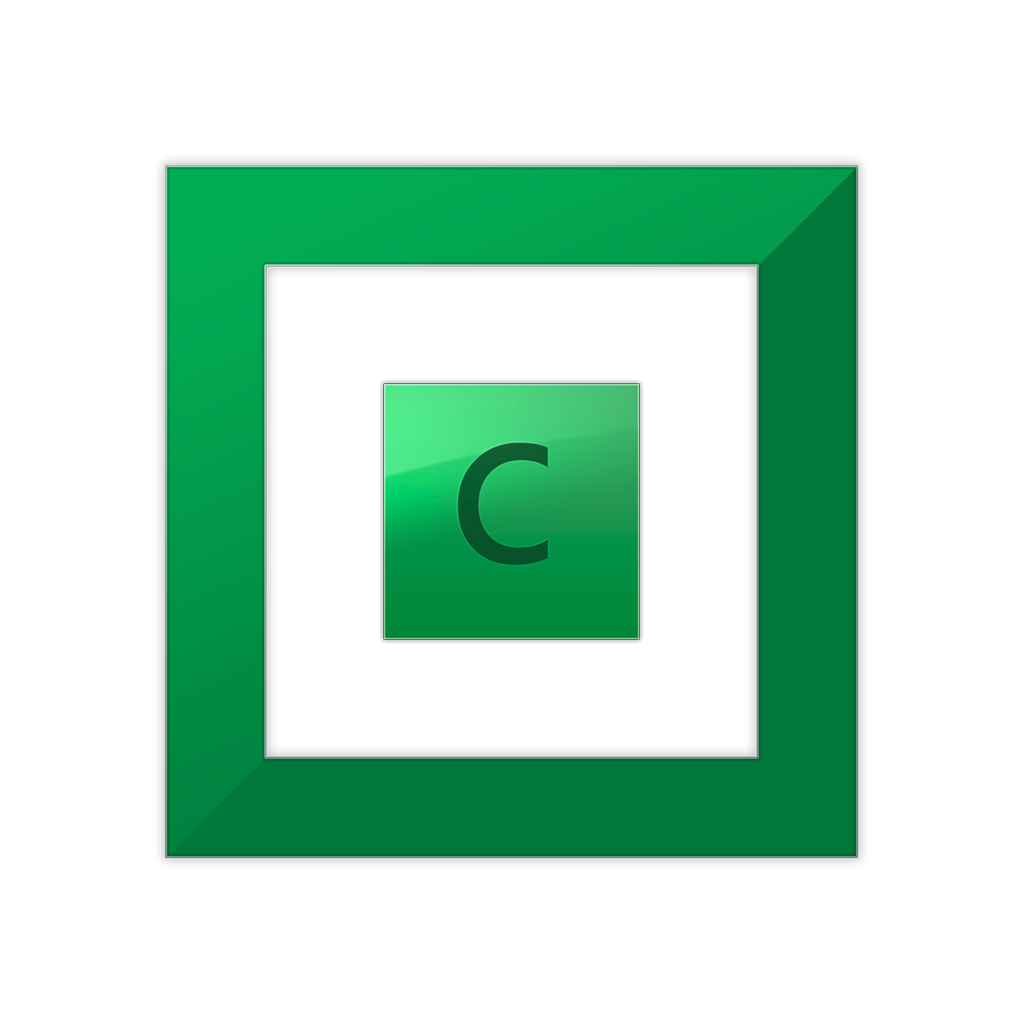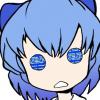-
Posts
1037 -
Joined
-
Last visited
-
Days Won
105
Community Answers
-
Shane's post in Question about moving files from pre existing disk into a new disk? was marked as the answer
The service handles things like balancing and statistics; detecting pooled disks happens at the kernel/driver level.
Note that in DrivePool 2.x each hidden PoolPart folder has a unique extension and associated metadata identifier (even removing and immediately re-adding the same disk will result in a different one); because SnapRAID's parity calculations rely on paths remaining the same you should use the PoolPart folders (e.g. "d:\PoolPart.6cbd4f77-9511-4356-a6b3-2ce26ba79d10") as SnapRAID's data disk mount points rather than the root folders (e.g. "d:\") so that you can update the appropriate data disk mount point in the snapraid config file when you replace a drive to avoid needing a rebuild.
Presuming the above use of poolparts as data disk mount points is being done:
Pause SnapRAID scheduling (if you've set anything up).
Add the new drive to the pool.
Stop the DrivePool service.
Rename the "PoolPart" section of the old disk's hidden poolpart folder so it stops being an active poolpart folder (e.g. to "oldpart") but optionally leave its extension unchanged to make it easier in case you need to revert.
Copy the content (except protected system folders, e.g. "System Volume Information", which you should have set as excluded in SnapRAID) of the old disk's hidden poolpart into the new disk's hidden poolpart, then update the data disk mount point, then verify. See https://www.snapraid.it/faq#repdatadisk If step 5 worked out, then you can delete the old disk's hidden poolpart and continue.
Start the DrivePool service. The old drive should be detected as "missing" and then you should remove it from the pool.
In the DrivePool GUI, choose Manage Pool -> Re-measure... to ensure it is accounting for your manual movement of content.
Resume SnapRAID scheduling (if you've set anything up). P.S. Regarding multiple content list files in your SnapRAID config, keep in mind that due to DrivePool this means that - for example - "d:\poolpart.1\snapraid.content" and "e:\poolpart.2\snapraid.content", where "d:" and "e:" are disks in the same pool, are effectively the same file on the same disk; either keep content list files outside of the pool (e.g. "d:\snapraid.content" and "e:\snapraid.content") or use different filenames (e.g. "d:\poolpart.1\snapraid.content1" and "e:\poolpart.2\snapraid.content2").
-
Shane's post in File or directory is corrupt was marked as the answer
If drivepool has duplicates available on other drives to replace damaged files that are detected and removed by chkdsk then drivepool will do so when it next does a consistency check (which you can also manually trigger: Settings -> Troubleshooting -> Recheck duplication).
-
Shane's post in Hide drives from Non-Pooled? was marked as the answer
Not that I know of. You could suggest it via the https://stablebit.com/Contact form?
-
Shane's post in Is the right program to me? was marked as the answer
That's basically what DrivePool does, and the pool drive can be shared over the network, so it sounds like it would be suitable for you!
-
Shane's post in Moving pool drives from MB sata to a new Raid Card was marked as the answer
Unless the card does something very very weird, just make sure it's going to treat them as individual drives rather than an actual RAID array and DrivePool should find and recognise them.
-
Shane's post in Moving pool drives from MB sata to a new Raid Card was marked as the answer
Unless the card does something very very weird, just make sure it's going to treat them as individual drives rather than an actual RAID array and DrivePool should find and recognise them.
-
Shane's post in How to Repair Drivepool after Avira Quarantined Files was marked as the answer
If you uninstall DrivePool, any existing pools will retain their content and be automatically re-detected when you reinstall DrivePool. Their duplication levels should be kept, but you may need to recreate any custom balancing/rules you had for them.
-
Shane's post in Question about Google Drive stability was marked as the answer
@srcrist @Thronic Both of you have made valid points concerning the pros/cons of CloudDrive, rClone and cloud storage.
However, unless specific information is still needed, I suggest this topic has been "sufficiently covered".
-
Shane's post in Maintain full local copy? was marked as the answer
I think I see what you're getting at; you need to take advantage of DrivePool's ability to nest pools.
I.e. you would create a Pool A using your local drive(s), a Pool B using your cloud drive(s), create a third Pool C using Pools A and B as "drives" and turn on duplication for all of Pool C.
The result is that anything stored in Pool C will always have at least one copy locally (kept in a hidden folder in Pool A) and one copy in the cloud (kept in a hidden folder in Pool B).
If you also wanted to have multiple copies locally you would then turn on duplication for Pool A, or at least for the Pool C's hidden folder in Pool A.
And so on and so forth.
-
Shane's post in Is drivepool ideal for storage of 4k UHD movies? was marked as the answer
Due to the way DrivePool works (each physical drive added to the pool gains a hidden poolpart folder that DrivePool uses to form the virtual pool drive), if you're willing to use the drives your files are already on to form your pool then you can directly move your existing files into the pool with a few precautions.
Otherwise you would need to copy them into the pool at the usual speeds involved.
-
Shane's post in Permissions Confusion? was marked as the answer
The poolpart folders do not need to inherit their permissions from their respective volume roots (though they default to doing so on a newly created pool using previously unformatted drives). The SYSTEM account must have full control of the poolpart folder, subfolders and files. The Administrators account is recommended to have full control of same. For more details, I have just created this thread.
-
Shane's post in Permissions Confusion? was marked as the answer
The poolpart folders do not need to inherit their permissions from their respective volume roots (though they default to doing so on a newly created pool using previously unformatted drives). The SYSTEM account must have full control of the poolpart folder, subfolders and files. The Administrators account is recommended to have full control of same. For more details, I have just created this thread.
-
Shane's post in Drivepool duplication with cloudrive drivepool was marked as the answer
Yes, DrivePool allows you to use pools as disks for other pools.
For example if you had physical disks A, B, C, D you could create a pool E from disks A and B, a pool F from disk C, and then a pool G from disk D and pools E and F. Note however that any given disk or pool can only be directly part of one bigger pool at a time (so you can't "add" disk A directly to both F and G).
Keep in mind that exactly like physical disks added to a pool, pools used as disks don't share their own contents with the new pool, only their free space (with the new pool being a hidden folder in the file system of the contributing pool/disk). So any content you place in the example pool G would not see any content you placed (outside of its hidden folder) into disk D or pools E or F.
For a more specific and relevant example, say you had drives A, B and C on one computer and drives D, E and F on a second computer. You could create a pool G of the first computer's disks, a pool H of the second computer's disks, and a cloud I formed from G and H. Then you'd be able to move your files into the cloud I while independently controlling duplication on each of the two computers by adjusting G or H appropriately.
-
Shane's post in how to replace failing HDD was marked as the answer
Hi Querl28. There's a few different ways.
Simplest is you install the replacement drive, tell DrivePool to add it to the pool and then tell DrivePool to remove the old one from the pool. DP tell you whether it successfully moved all the files on the old drive across (in which case you can then physically remove the old drive) or not (in which case you have to decide what to do about it).
If you don't have spare ports to add the new drive before removing the old one, but you have enough free space on your other drives in the pool, then you can tell DP to remove the old drive from the pool before you install the new one.
See also this support page on removing drives.


